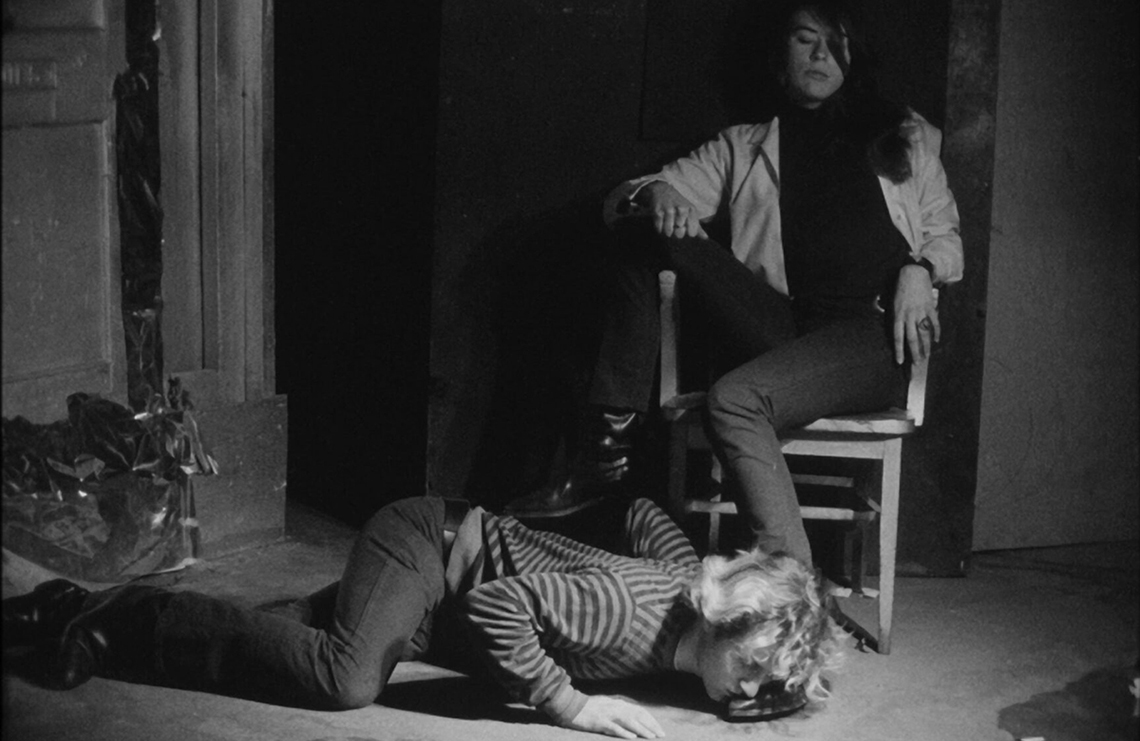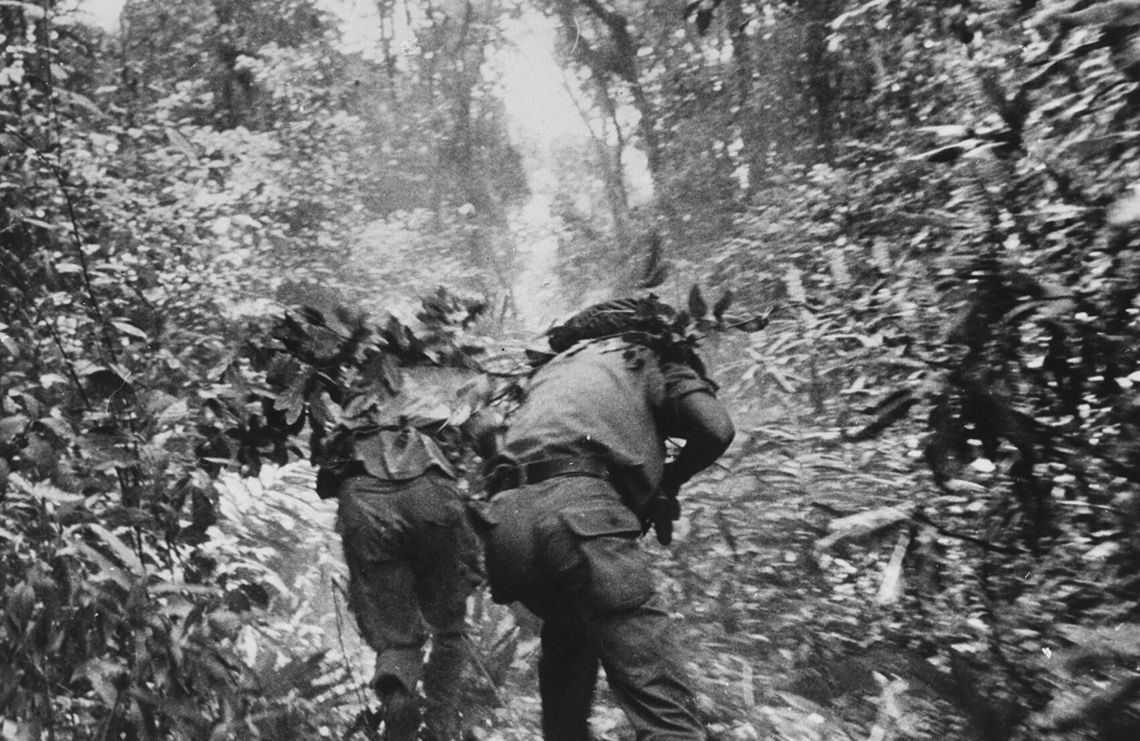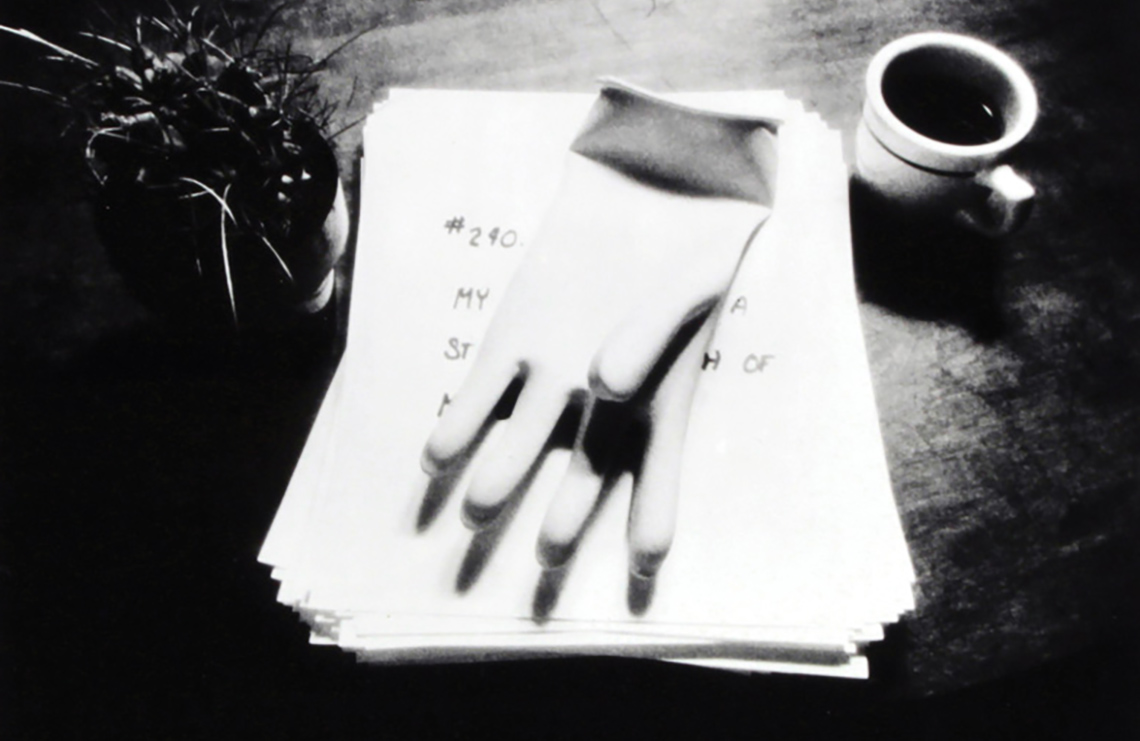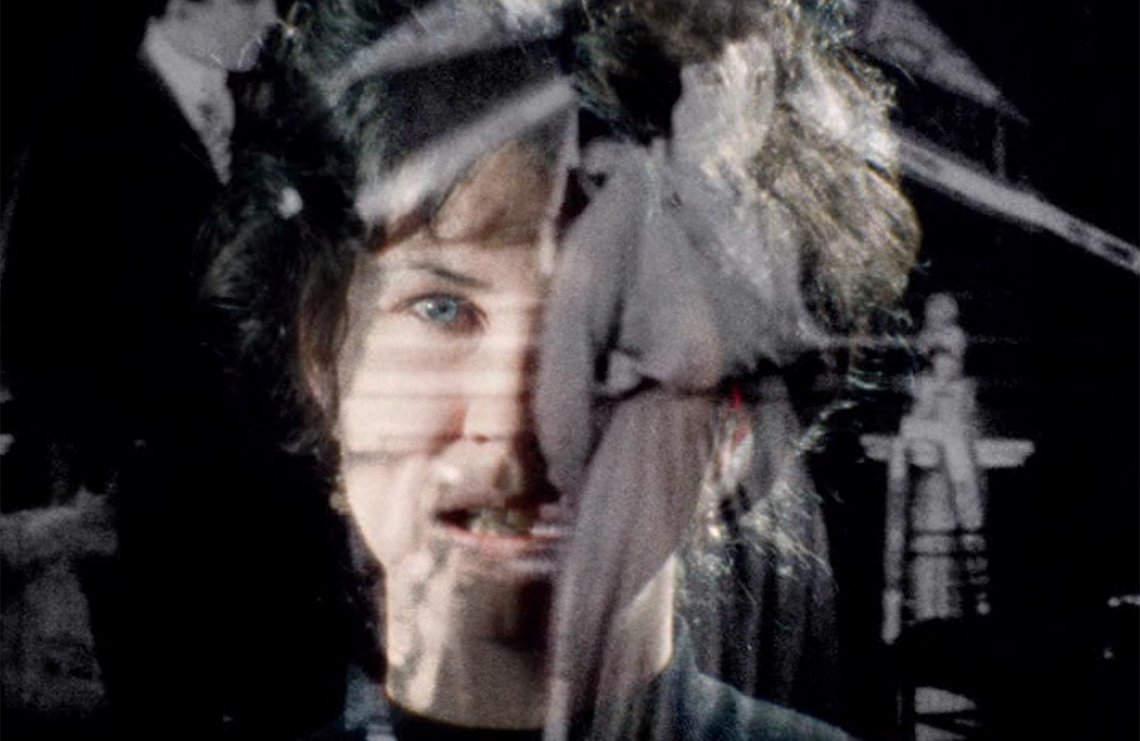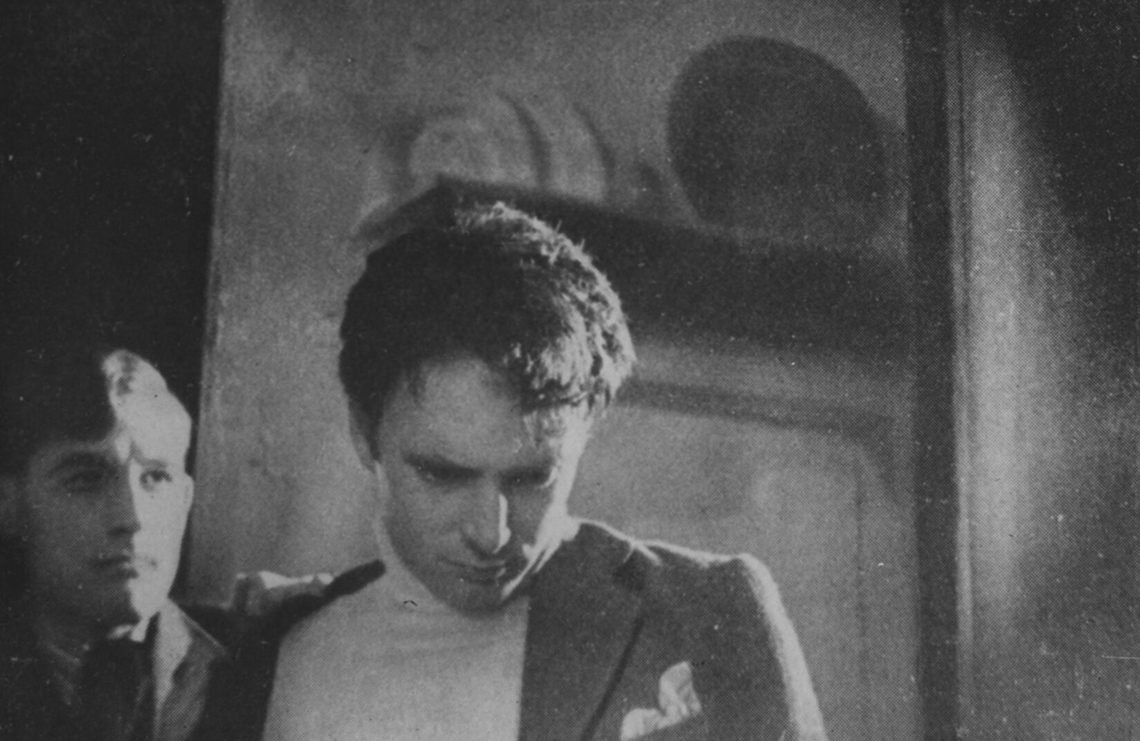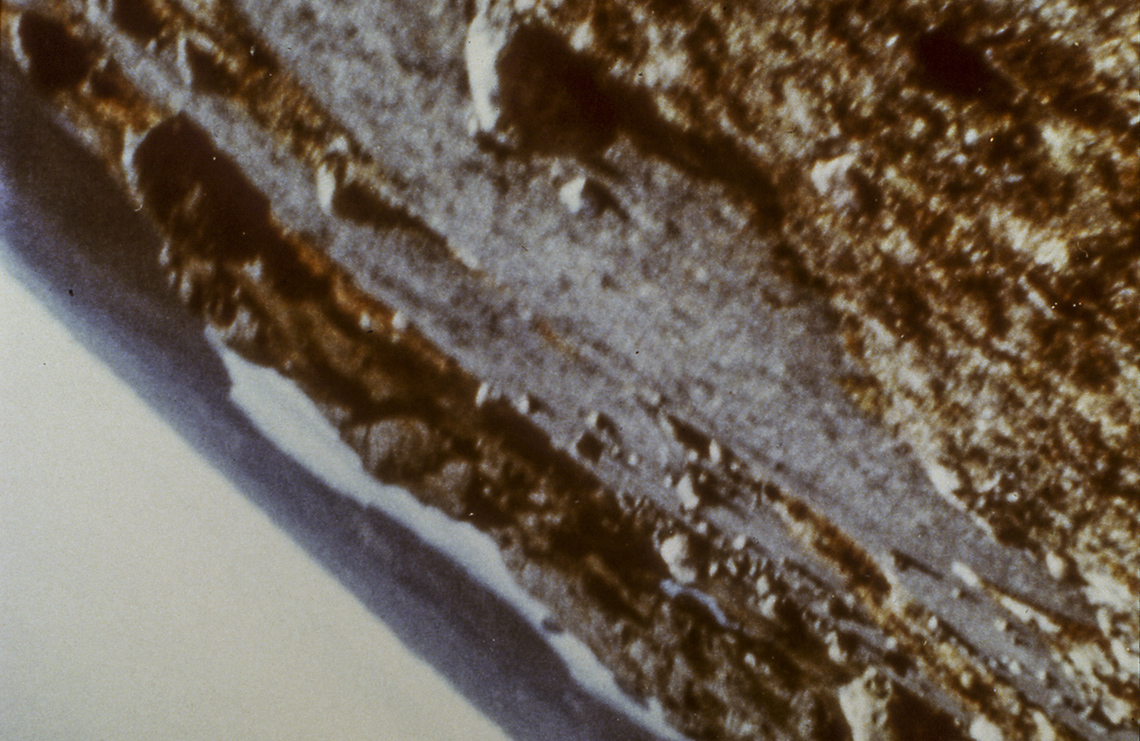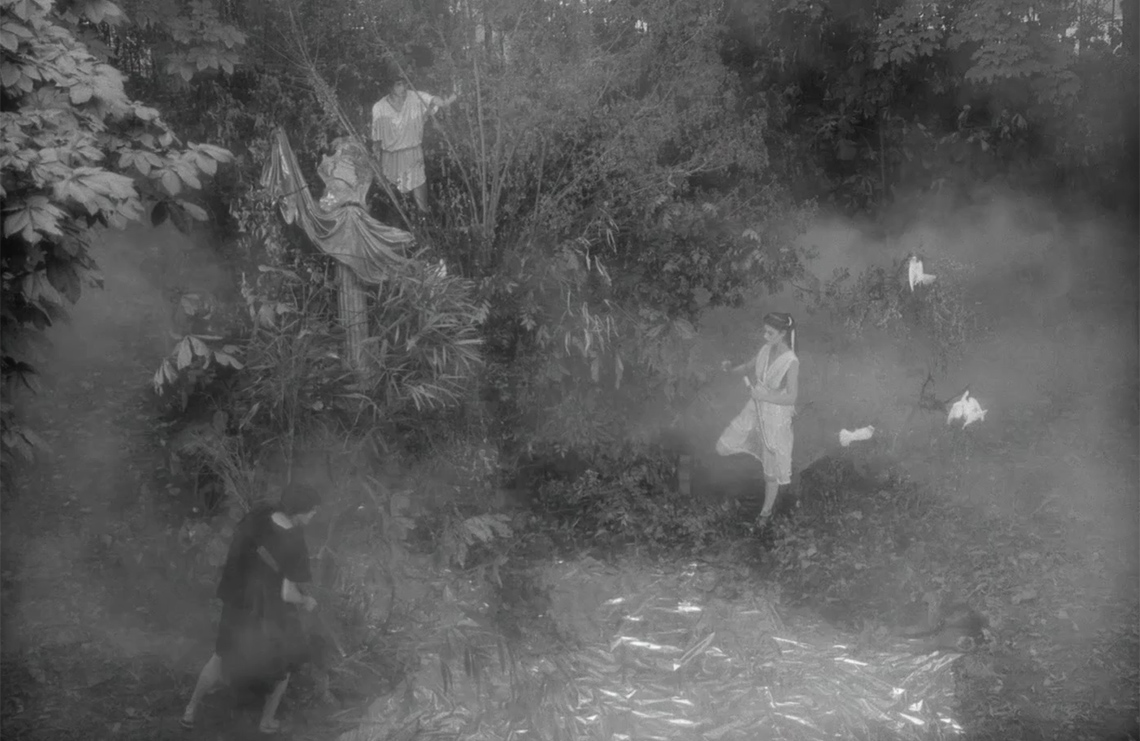Afterimage
The British film magazine Afterimage (1970-87) was founded more than 50 years ago, in a very different time to our own – one of radical new directions in international cinema and its accompanying manifestos.
Over 13 irregularly published issues, each dedicated to a particular theme or filmmaker, a constant for Afterimage was its partisan position devoted to the avant-garde, to a radical cinema understood both aesthetically and politically. Early issues promoted the political cinema exemplified by the Godard of the Dziga Vertov Group and by the films of Straub-Huillet. Crucial too at the founding of the magazine were the examples set by the emergent Latin American filmmakers celebrated with Espinosa’s declaration “For an Imperfect Cinema”.
« Nothing that was politically and aesthetically revolutionary in the sphere of moving images was foreign to Afterimage – one of those precious magazines through which the great wind of history blows. »
— Nicole Brenez
The second issue was published to coincide with the International Underground Film Festival held in London in 1970, an event which continued the spirit of the legendary EXPRMNTL festivals of Knokke-le-Zoute. This gathering saw the magazine commit itself to a celebration of the ‘underground’ film, particularly the New American Cinema of Snow, Sharits and Frampton. Afterimage subsequently debated questions around contemporary experimental cinema and explored what was to be described by Peter Wollen as ‘the two avant-gardes’.
Continuing to follow new directions in cinema, Afterimage went on in later years to survey the English independent film and its eccentric figures, to look at innovations in the more narrative cinemas of Yvonne Rainer and Raúl Ruiz, the ‘troublesome case’ of Derek Jarman, and finally to explore the fantastic animation of Jan Švankmajer and the Brothers Quay.
Throughout its existence, Afterimage was committed to the publication of texts, writings, scripts and interviews with filmmakers, from both contemporary and historical avant-garde figures like Vertov and Epstein. No less important – and inspired by the George Maciunas designed issues of Film Culture – was the design of the magazine, some sense of which is given here with a small exhibition in the Cinematek lobby.
Drawing particularly on the remarkable Cinematek collection, these 12 screenings, each related to an issue of the magazine, have been organised to celebrate the publication of The Afterimage Reader (2022), edited by Mark Webber and published by The Visible Press, which returns to circulation a rich selection of critical essays, interviews and manifestos from the period. For these screenings, emblematic works have been selected to show something of the trajectory of the magazine and to highlight Afterimage’s commitment to radical cinemas both past and present.
Film series and exhibition curated by Mark Webber and Simon Field.

